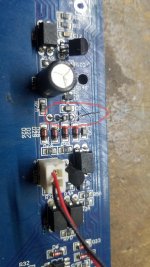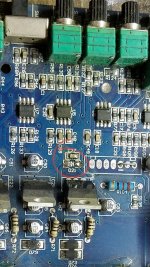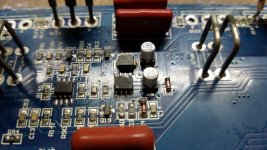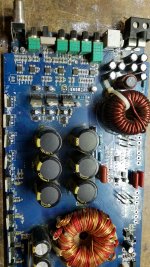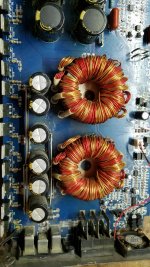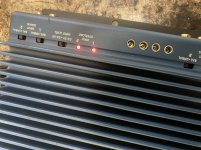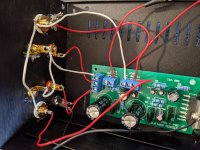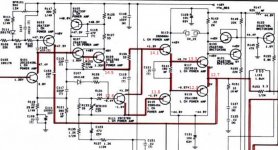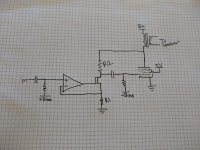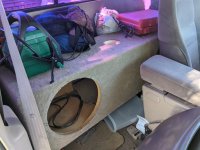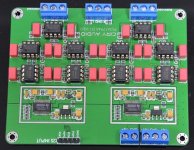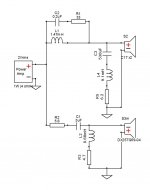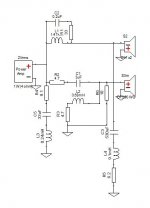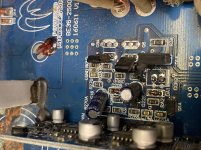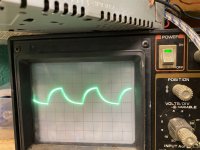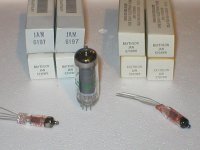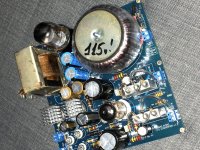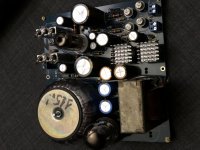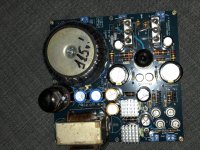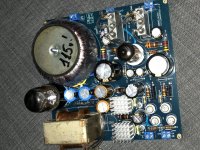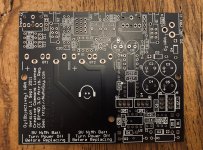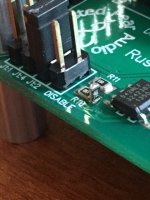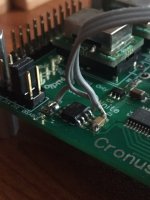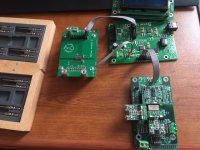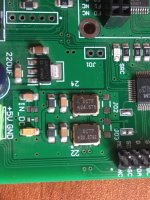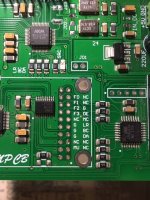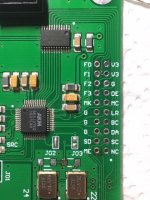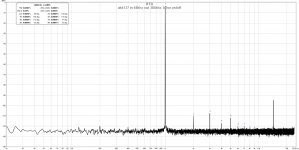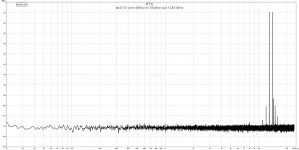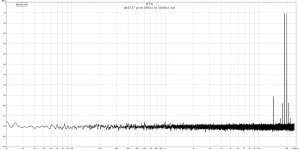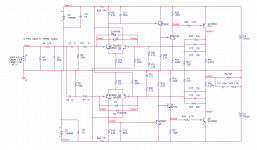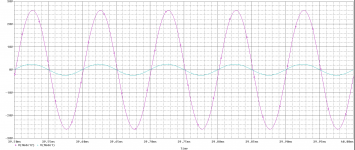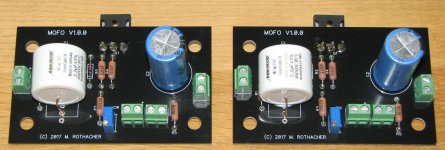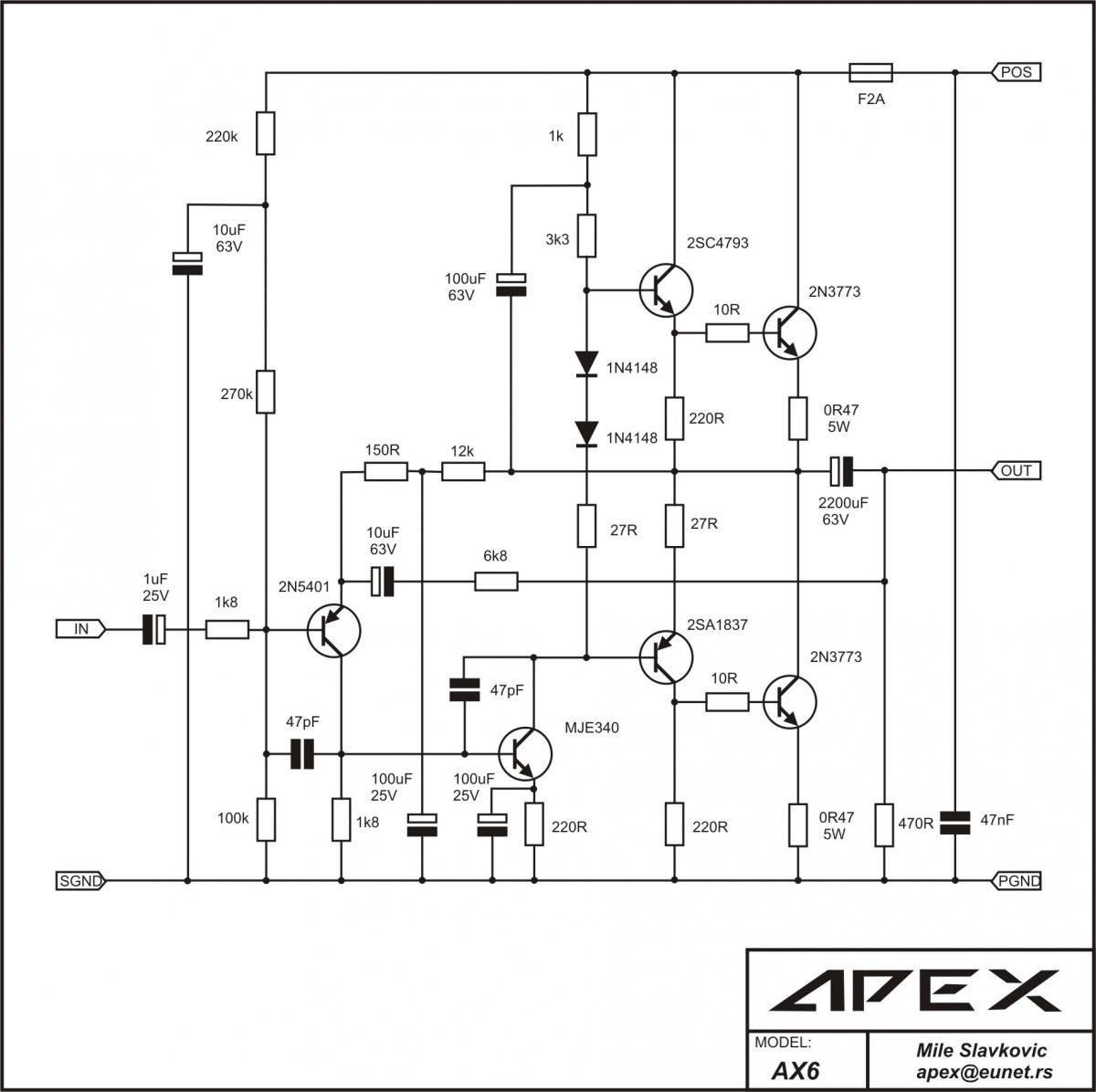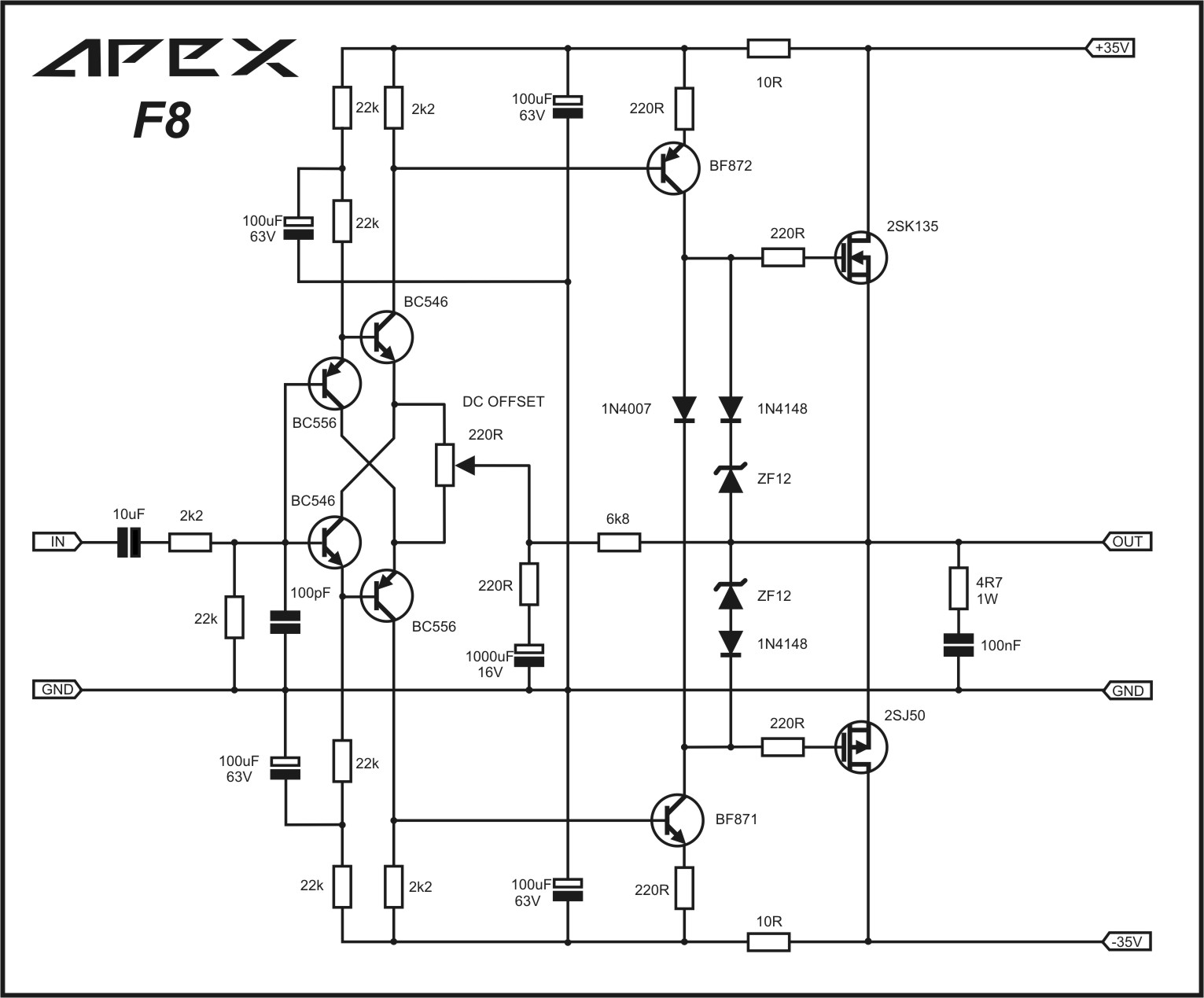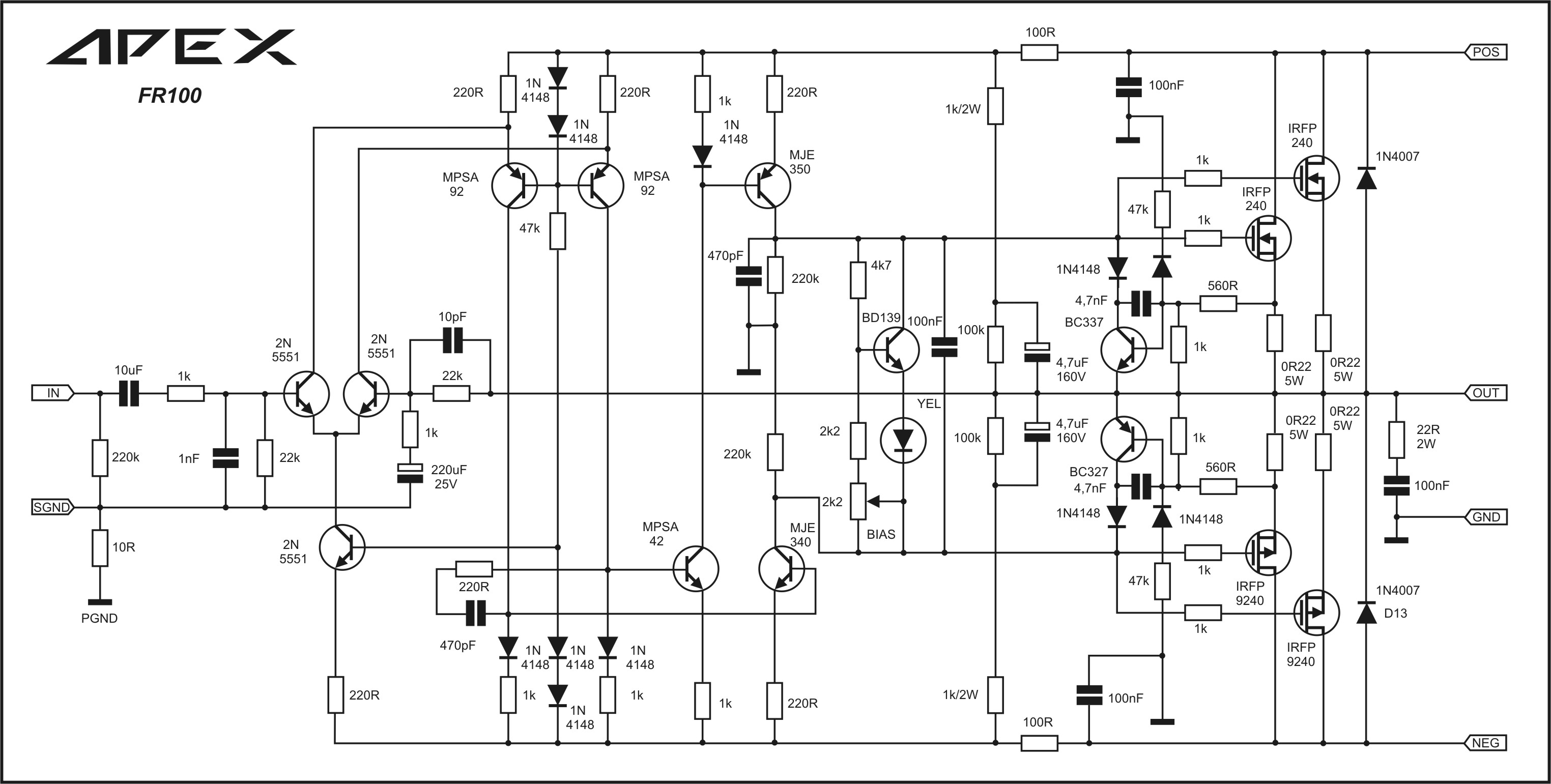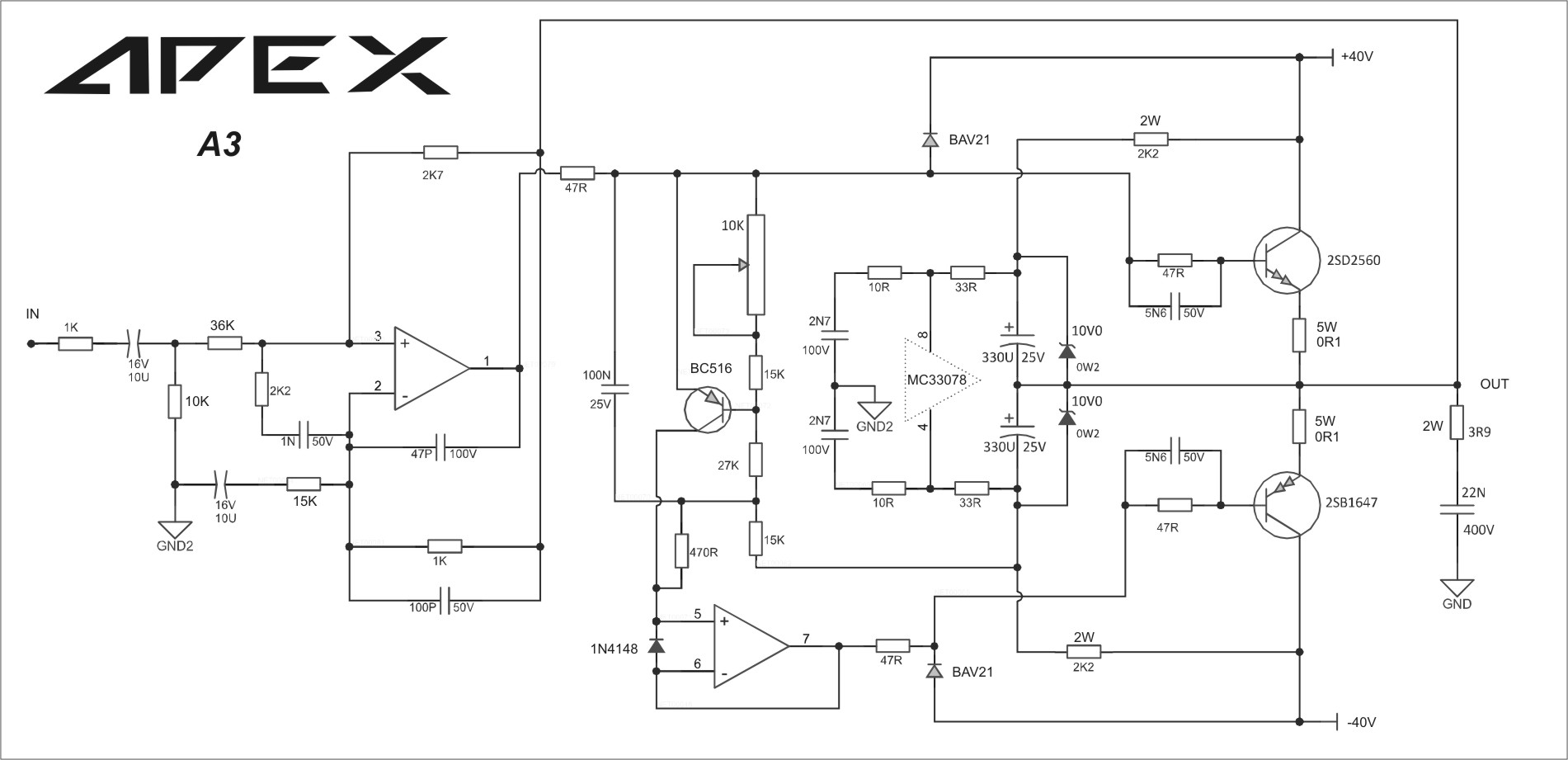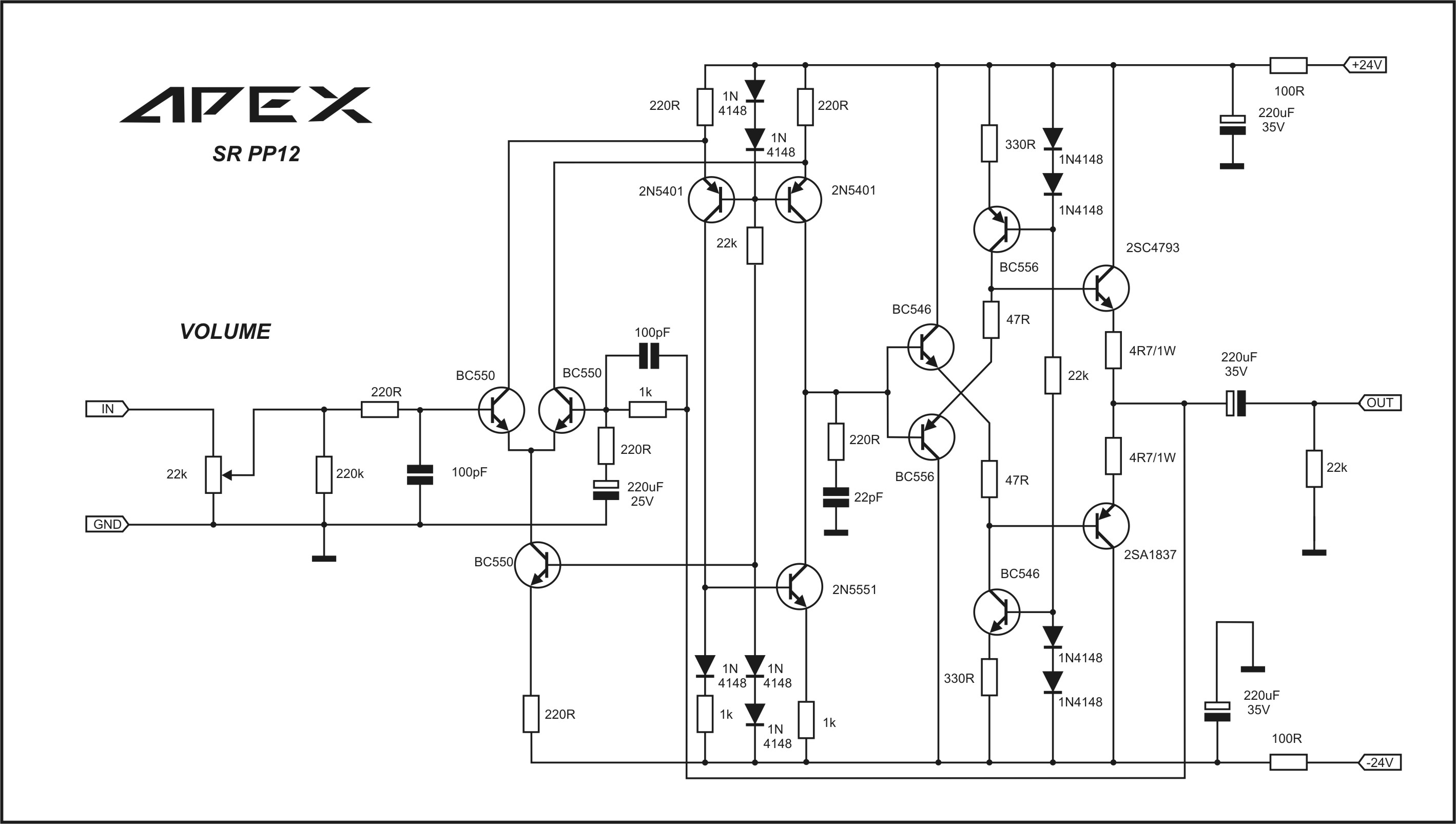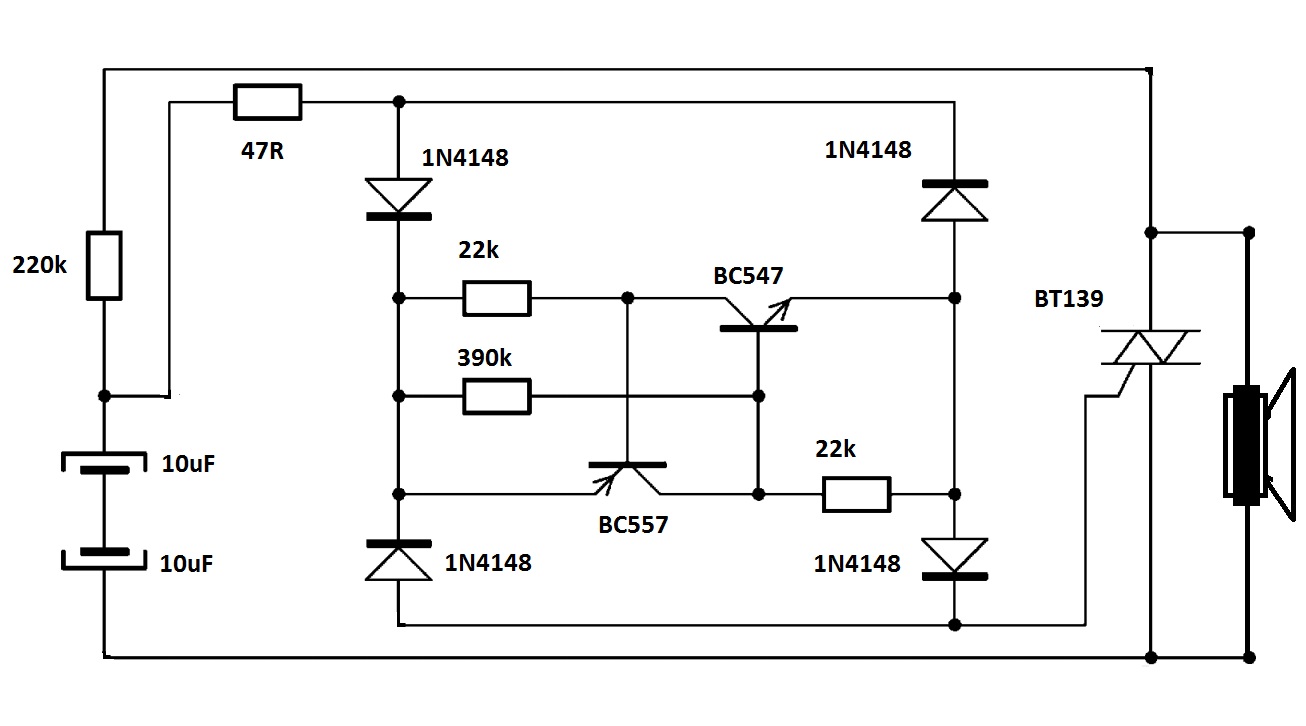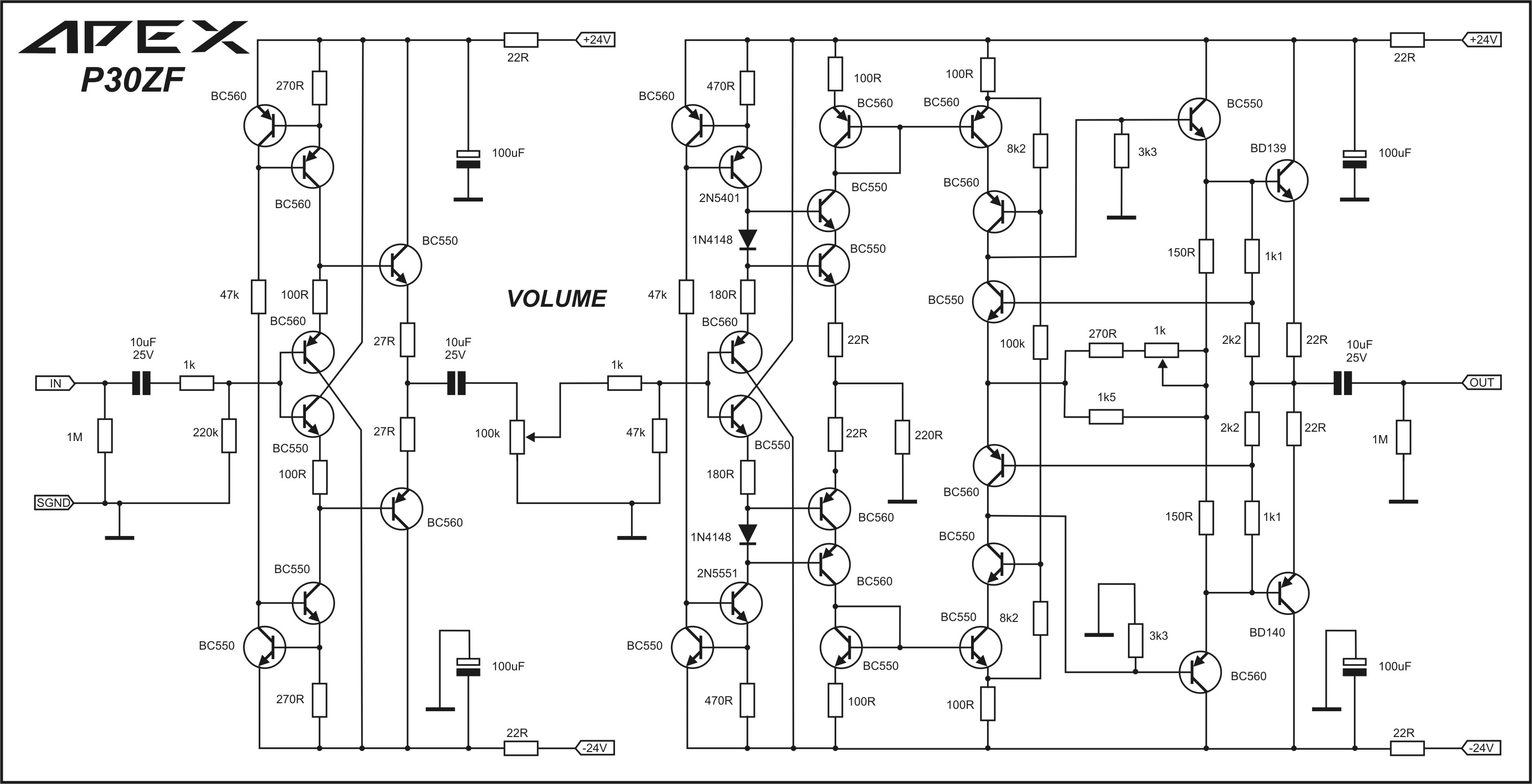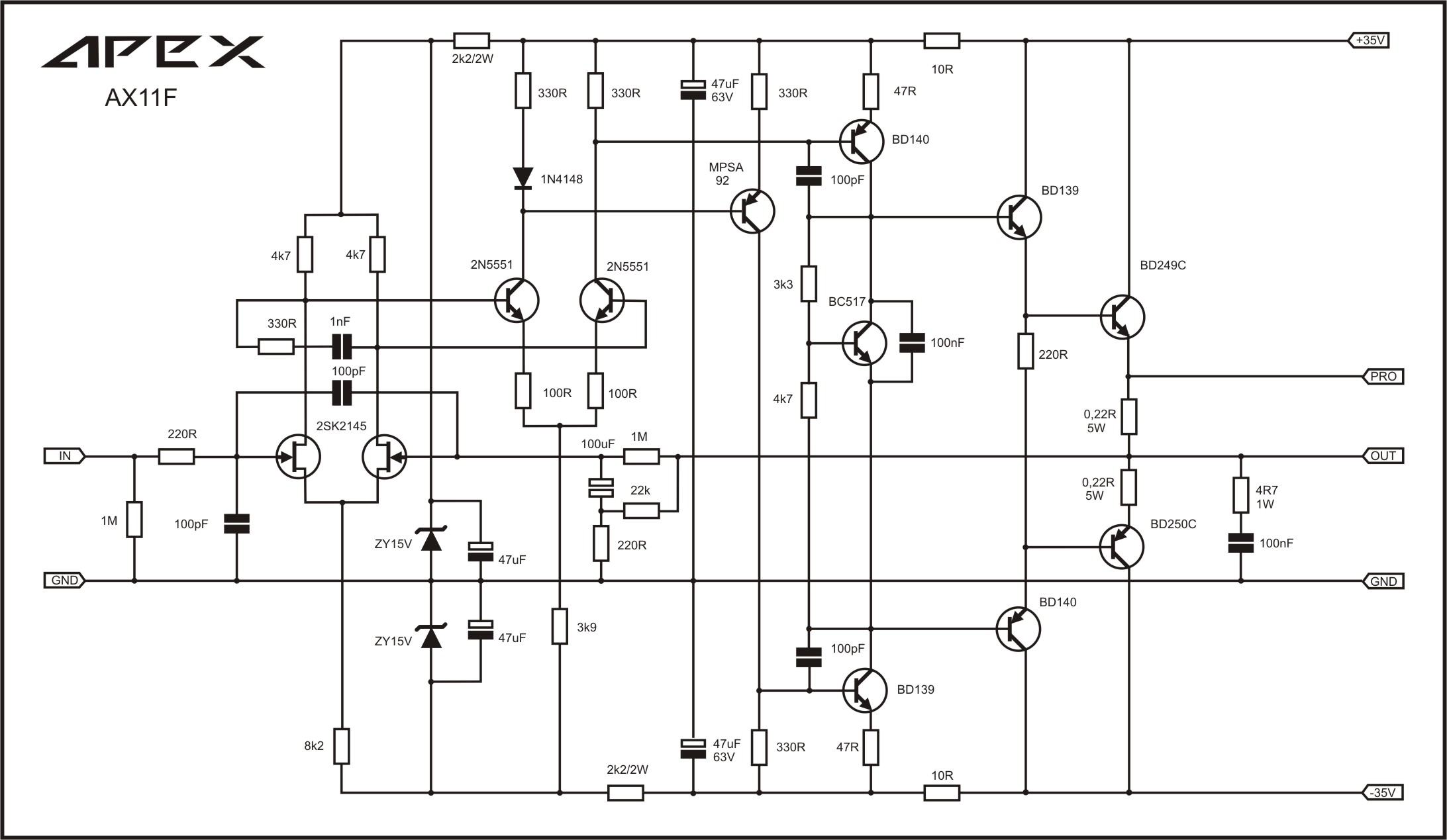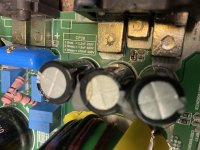Switching Power Supply Questions
- By liteagilis
- Class D
- 8 Replies
I have two old Nuforce Ref9 amps. One with a blown power supply. They are old Skynet power supplies that are single rail (I'm not even entirely sure what that means), dual-voltage 48V and 5V aux. I have been searching for a replacement and have found many things that are very close but nothing that seems to be exact.
First, I found a brand that looks well-made named Cosel but I have not found any use in audio. They look more industrial. I would also need a small step-down device for the 5V circuit. Is there any reason to think that this would not be suitable for audio?
And I am assuming I would add one of these to make the circuit work.
There is also this Chinese option but it is 46V not 48V. Is this too big a deviation for reliable operation?
Then, I am completely unclear on how closely matched the auxiliary voltage needs to be. I am not even entirely sure what it does. Does it provide current for a soft start? The power light LED is wired to it, that is for sure.
And last, after it's all replaced, should the fuse be paired to the power supply or the original spec.
I am feeling entirely out of my league on the specs, I just want these things to work. My overall technical prowess is about as good as swapping the power supplies between the two units to determine it is the power supply that is bad, not the amp board.
Thank you in advance.
First, I found a brand that looks well-made named Cosel but I have not found any use in audio. They look more industrial. I would also need a small step-down device for the 5V circuit. Is there any reason to think that this would not be suitable for audio?
And I am assuming I would add one of these to make the circuit work.
There is also this Chinese option but it is 46V not 48V. Is this too big a deviation for reliable operation?
Then, I am completely unclear on how closely matched the auxiliary voltage needs to be. I am not even entirely sure what it does. Does it provide current for a soft start? The power light LED is wired to it, that is for sure.
And last, after it's all replaced, should the fuse be paired to the power supply or the original spec.
I am feeling entirely out of my league on the specs, I just want these things to work. My overall technical prowess is about as good as swapping the power supplies between the two units to determine it is the power supply that is bad, not the amp board.
Thank you in advance.
